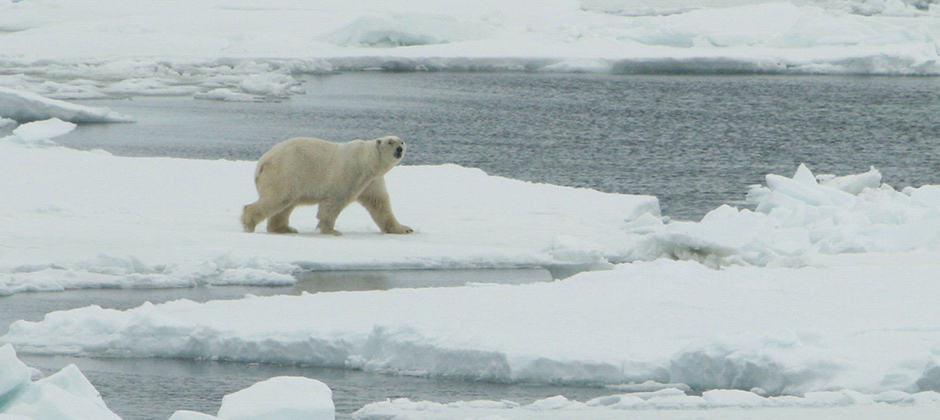Share this article
Arctic sea ice is 10th lowest on record
Arctic sea ice fell to its 10th lowest on record last winter, according to NASA’s National Snow and Ice Data Center. The sea ice peaked at 5.75 million square miles on Feb. 25—a tied for its third earliest peak. The span of sea ice was about 297,300 square miles below the 1981-2010 maximum—an area slightly larger than Texas and Maine combined.
Historically, sea ice reaches its maximum extent around March, when warmer temperatures cause it to recede until September. Maximum extents have been declining about 13% per decade since satellites began reliably tracking them in 1979, as climate change brings warmer conditions to the region. NASA has found the arctic is warming about three times faster than other regions. The melting has a range of environmental consequences, including for species like polar bears (Ursus maritumus), which rely on the sea ice to reach prey.
Header Image: Polar bears rely on Arctic sea ice to reach prey. Credit: Elizabeth Labunski, Elizabeth/USFWS








